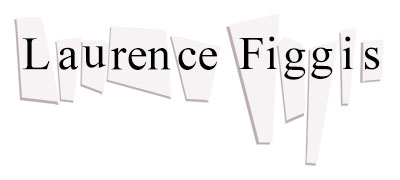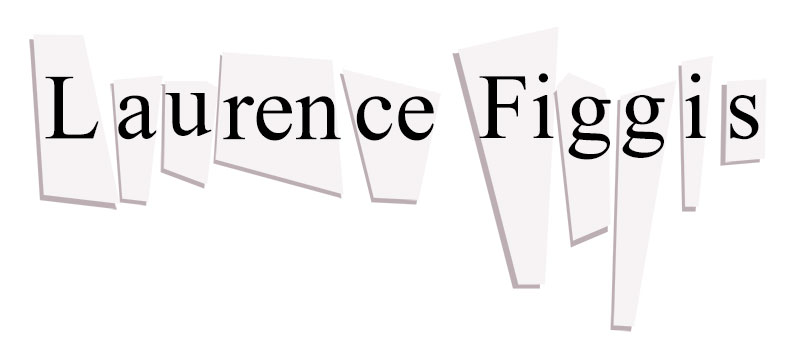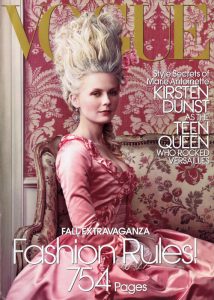Aug 30
2013Disney, Popular Visual Culture, Salvador Dali, Sentimental Art
The Sentimental-Sublime
In the autumn of 1927, Salvador Dalí wrote to his friend Frederico Lorca denouncing the much-admired contemporary Spanish poet, Juan Jiménez. The latter, according to Dalí, is a ‘putrid marasmus’ who ‘has never ever seen anything, only receives mangy emotions from things’ (qtd. Ades, 1994: 139). Dalí was especially outraged by Jiménez’s famous story Platero y Yo (1914), an account of the poet’s beloved companion Platero, a donkey, and their bland sojourns through pastoral scenes. As Dawn Ades has speculated, Dalí’s violent dislike of this gentle, sentimental story may have contributed to the appearance of the rotting donkey as a visual image in such paintings as Honey Is Sweeter than Blood and as a verbal parody in written communication between Dalí and Lorca. In one such letter dated early December 1927, Dalí signs himself… ‘your ROTTING DONKEY’ and adds, ‘may…Platero…die’ (qtd. Ades, 1994: 139).


